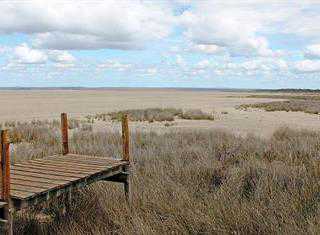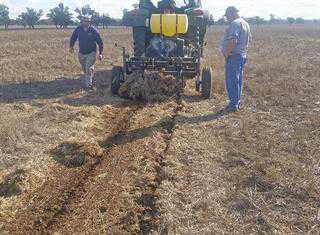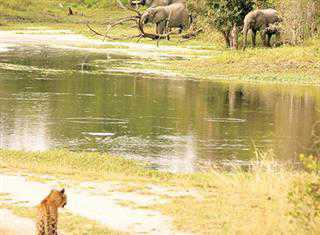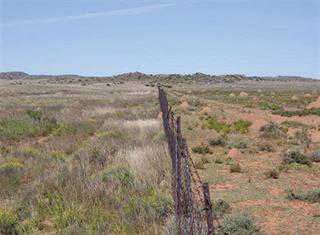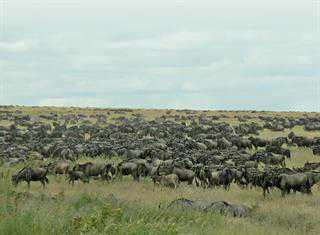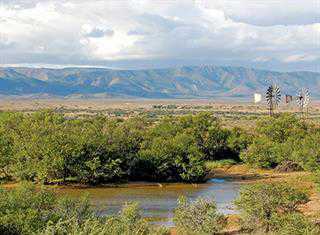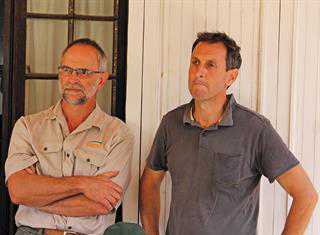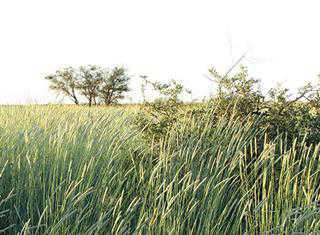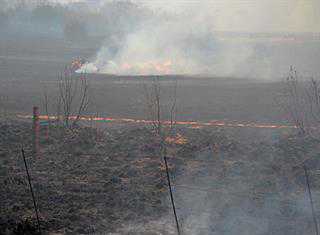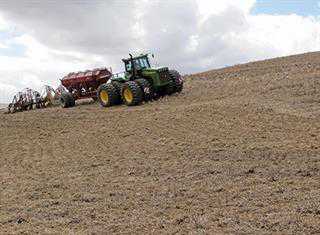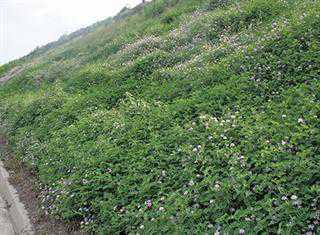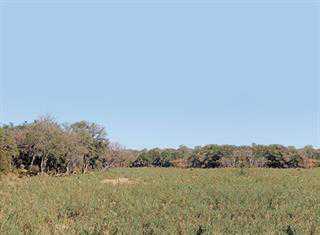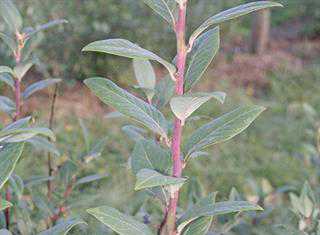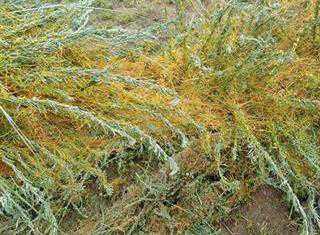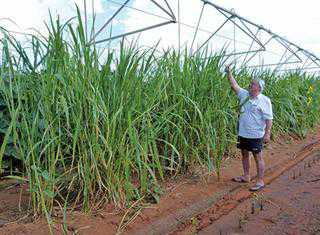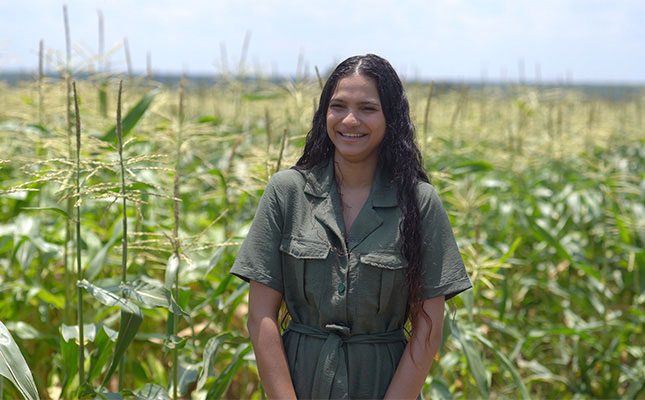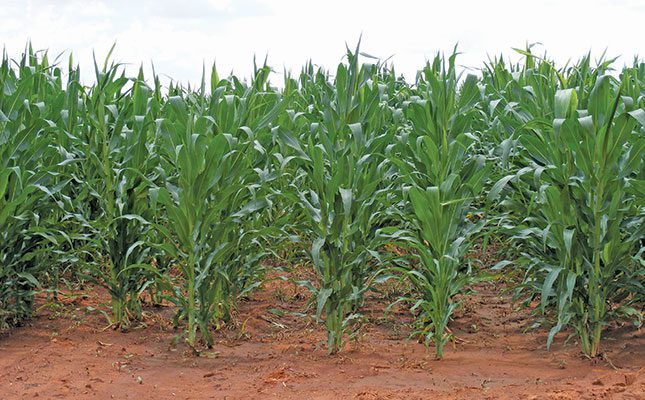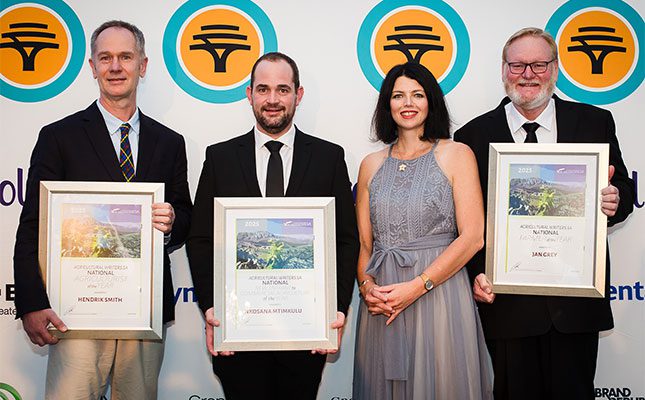Reunited – The linking of the uMfolozi & Lake St Lucia
KwaZulu-Natal’s iSimangaliso Wetland Park, Africa’s largest estuarine system, is a Unesco World Heritage Site. The uMfolozi River, long artifically separated from the lake, is again flowing into it, restoring the...
A cutting-edge liquid coulter for conservation farming
Greg Butler, Australian conservation agriculturalist, recently spoke to SA farmers about smart production strategies and innovation in a competitive farming environment. Jacques Claassen reports from the Conservation Agriculture Western Cape...
Long live the leopard
Leopard populations are at risk across their range. Research conducted by the Limpopo Leopard Project has resulted in an adaptive management system for leopard conservation. Carnivore ecologist, Ross Pitman, spoke...
Réunion’s sugarcane subsidies
Global farming conditions and practices can vary significantly. This could not be more evident when comparing sugarcane production on Réunion Island with that of South Africa.
The big herd effect (Part 2): The case for fresh research
Farmers need research on mixed density management, says Dr Peter Ardington, veterinarian and livestock farmer from Mandeni in KwaZulu-Natal.
Part one: The big-herd effect
Before humans began disrupting grassland ecosystems, large moving herds of grazing herbivores were part of the natural order, says farmer and vet Dr Peter Ardington, who has studied historical documents...
Sustainable sugarcane farming
Sugarcane is often called an environmentally hostile crop, but one Eston sugarcane farmer is putting that attitude to bed.
Protect our oxpeckers!
Which ectoparasiticides are safe for these valuable birds? You’ll find the answer on this handy oxpecker compatibility chart.
Success with livestock & conservation farming
This year the annual Grassland Society of South Africa’s Peter Edwards Award was shared by Arnold Griesel and Kobus Marais. They discuss how conservation farming has worked for them.
Veld recovery after fire
Farmers in semi-arid grassveld regions should not graze recently-burnt veld too soon. Ecologically, this is the worst thing to do as it compounds grazing problems.
Sustainable fynbos harvesting – join now!
The Cape Floristic Region (CFR) is home to more than 9 000 indigenous plant species. Collectively, these plants are known as fynbos, from the Dutch fijnbosch – fine (leafed) bush....
Is your soil healthy?
Healthy soil has certain biological, chemical and physical components that interact and will influence one another, says Dr Pieter Swanepoel, a soil quality, plant and pasture scientist at the Western...
A plan for the pepperbark tree
The Warburgia project works towards conserving the endangered pepperbark while accommodating cultural traditions and the needs of communities bordering the Kruger National Park. Project leader, Michele Hofmeyr, talks to Nan...
Increase profits with Biological farming
Biological farming can help to increase profit, but it’s crucial to plan carefully, start small and persist despite initial failure.
Savannah management: hands-off, but not haphazard
Kruger National Park conservation manager Dr Freek Venter explains the gradual but fundamental shift in the management of the park as it embraces biodiversity.
What is drip fertigation?
Drip fertigation might be ideal for infertile desert sands, but it’s not suited to biological farming.
Some facts about Dodder
Dodder is a major threat to Sericea, and demands rigorous control. Neglecting the problem can lead to a drastic reduction in forage yield.
Back to Bana?
This claimed ‘miracle grass’ is out of fashion. But it shouldn’t be, as it has several obvious advantages.
ADVERTISEMENT
MUST READS
ADVERTISEMENT
ADVERTISEMENT

